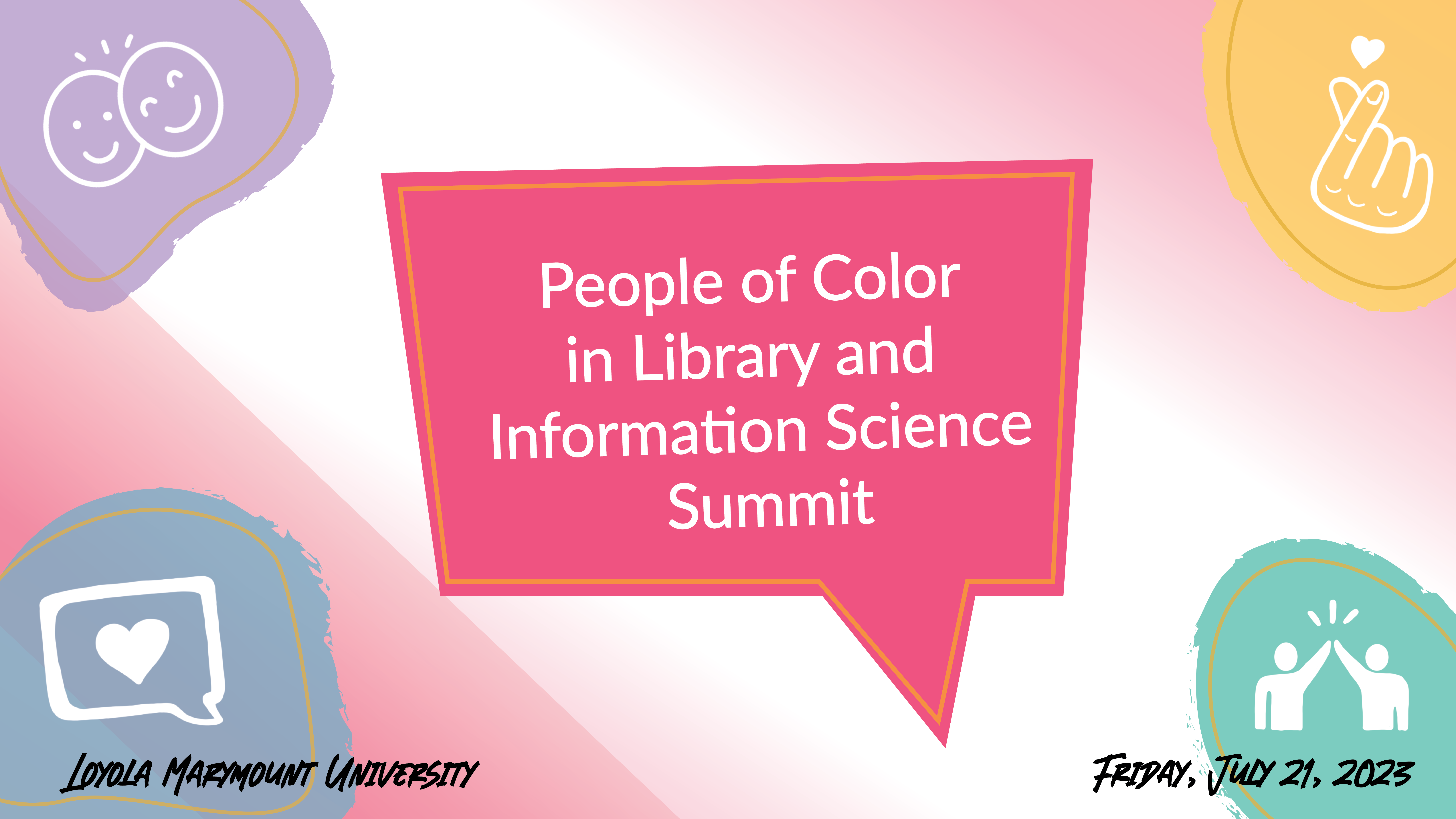Session 1A: Leading Students with LEAN
Event Type
Presentation
Location
McIntosh Center, U-Hall 3999
Track
Mentoring
Start Date
21-7-2023 11:15 AM
End Date
21-7-2023 12:15 PM
Description
Student employment in HBCU libraries can be used as a form of mentorship. Preparing students for positions in their prospective fields of endeavor is a mechanism of mentorship and leadership. The student-centered model used to assess services and determine spatial design was expanded to include the training methods for employing Graduate and Undergraduate students. The core of a successful student-led academic library involves adequate and practical training for the student employees. This presentation will examine the different types of work styles and the best training methods that can be used to teach student employees how to be effective and add value to the workplace. The strategic design of training methods and appropriate task assignments will result in a sustainable system that creates student employees that are workforce ready. In addition, student-centered assessments in academic library design provide information on which services and spaces users need or prefer. Finally, the accuracy of how efficiently services and resources are delivered can be measured using LEAN process improvement methods, such as value stream mapping. Student employee training based on user input, visual management tools, and reliable communication assists in creating streamlined processes and procedures. The success of the pedagogy used to train student employees can be measured using the passibility test of procedural documents from employee to employee. Analyzing the consistency of records for daily collected data is also a measurable way to establish the effectiveness of training methods for student employees. The goal is to cultivate students' critical thinking and soft skills, ensuring they are academically successful and workforce ready.
Outcomes
The presentation aims to inform and inspire POC in librarianship to mentor student employees by assigning tasks that add value in the workplace while simultaneously enhancing the skills needed by students entering the workplace.
- By the end of this presentation, attendees will be able to distinguish the different types of work styles commonly found in academic environments. In addition, attendees can determine which training method best partners with specific work styles.
- By the end of this presentation, attendees will be able to create a streamlined technique for training Graduate and Undergraduate student employees using foundational LEAN process improvement methods.
Session 1A: Leading Students with LEAN
McIntosh Center, U-Hall 3999
Student employment in HBCU libraries can be used as a form of mentorship. Preparing students for positions in their prospective fields of endeavor is a mechanism of mentorship and leadership. The student-centered model used to assess services and determine spatial design was expanded to include the training methods for employing Graduate and Undergraduate students. The core of a successful student-led academic library involves adequate and practical training for the student employees. This presentation will examine the different types of work styles and the best training methods that can be used to teach student employees how to be effective and add value to the workplace. The strategic design of training methods and appropriate task assignments will result in a sustainable system that creates student employees that are workforce ready. In addition, student-centered assessments in academic library design provide information on which services and spaces users need or prefer. Finally, the accuracy of how efficiently services and resources are delivered can be measured using LEAN process improvement methods, such as value stream mapping. Student employee training based on user input, visual management tools, and reliable communication assists in creating streamlined processes and procedures. The success of the pedagogy used to train student employees can be measured using the passibility test of procedural documents from employee to employee. Analyzing the consistency of records for daily collected data is also a measurable way to establish the effectiveness of training methods for student employees. The goal is to cultivate students' critical thinking and soft skills, ensuring they are academically successful and workforce ready.
Outcomes
The presentation aims to inform and inspire POC in librarianship to mentor student employees by assigning tasks that add value in the workplace while simultaneously enhancing the skills needed by students entering the workplace.
- By the end of this presentation, attendees will be able to distinguish the different types of work styles commonly found in academic environments. In addition, attendees can determine which training method best partners with specific work styles.
- By the end of this presentation, attendees will be able to create a streamlined technique for training Graduate and Undergraduate student employees using foundational LEAN process improvement methods.




